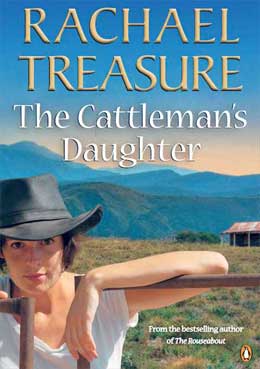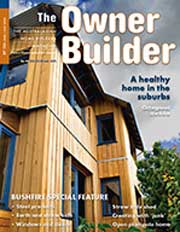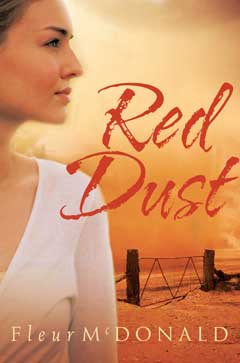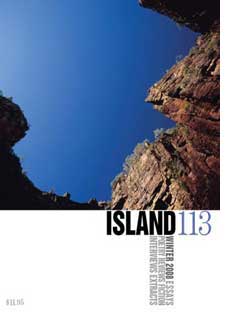My first book, The Woman on the Mountain (2007) is sold out, but my publishers, Exisle, have the last 30 copies, returned from shops, so deemed ‘shopsoiled’.
I bought ten such myself, as gifts, and I actually couldn’t see anything wrong with them.
I have just found out that Exisle are currently offering a special double deal — one of these plus a new copy of my second book, Mountain Tails (2009).
So you get the two books for the price of Mountain Tails ($24.99), a collection of short tales about the critters with whom I live — and whom I photograph for these web posts.
I’m telling you in case any reader wants to get in while there are still some copies of The Woman on the Mountain left.
Here’s what the ABC’s Gardening Australia magazine said about Mountain Tails (although it’s not a novel!):
‘This delightful novel gives a lively and personal account of the animals that share the author’s wildlife refuge. The book is clearly written and is illustrated with the author’s own whimsical drawings. Read about romping joeys, quolls in the kitchen and marsupial mice in the bedding pile. It would be enjoyed by anyone with even a passing interest in the natural world and is the sort of book to while away a winter afternoon.’
or as The Adelaide Advertiser Magazine said:
‘You may think your neighbours are eccentric, but Munro’s are animals: spotted quolls, possums, wallabies, koalas, snakes, frogs and echidnas to name a few. She describes them in short, often humorous vignettes of her life on the edge of a national park, 90 minutes from the nearest town.
‘Her style is engaging and informal as if telling stories over a cuppa, and her enthusiasm and concern for the creatures are infectious. The stories are illustrated with her own sketches. Munro ends with a restrained but passionate call for action to protect wildlife. As a reminder she includes a list of species already driven to extinction.
‘A good read.’
 I have just read Tasmanian writer Rachael Treasure’s new book, The Cattleman’s Daughter. To my mind it’s her best book yet, with clear signs of the maturing writer as well as woman.
I have just read Tasmanian writer Rachael Treasure’s new book, The Cattleman’s Daughter. To my mind it’s her best book yet, with clear signs of the maturing writer as well as woman. The online environmental magazine G-Online is worth a visit — it’s full of information about sustainable living, including gardening, cooking, health, travel and family matters, with useful hints and ‘Ask G’ links for your questions. G-Online’s Kate Arneman has posted a review of Mountain Tails —
The online environmental magazine G-Online is worth a visit — it’s full of information about sustainable living, including gardening, cooking, health, travel and family matters, with useful hints and ‘Ask G’ links for your questions. G-Online’s Kate Arneman has posted a review of Mountain Tails — As many of you know, I regularly contribute articles and photos to The Owner Builder magazine. They also stock my books in their online bookshop.
As many of you know, I regularly contribute articles and photos to The Owner Builder magazine. They also stock my books in their online bookshop. Have just read the first novel of my fellow writer and rural blogger, Fleur McDonald. Fleur and her husband run a cattle station in Western Australia, but this novel, Red Dust, is set on a sheep station in South Australia.
Have just read the first novel of my fellow writer and rural blogger, Fleur McDonald. Fleur and her husband run a cattle station in Western Australia, but this novel, Red Dust, is set on a sheep station in South Australia. Thanks to Margie Jenkin for her review of The Woman on the Mountain in the latest edition of Island, Tasmania’s justly famous magazine of arts and literature.
Thanks to Margie Jenkin for her review of The Woman on the Mountain in the latest edition of Island, Tasmania’s justly famous magazine of arts and literature.